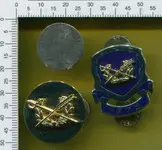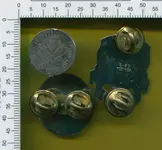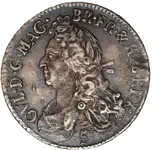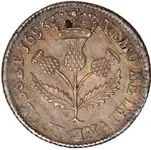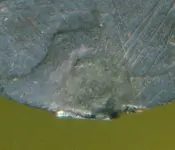Pocket Change
Sr. Member
- Joined
- Apr 21, 2005
- Messages
- 369
- Reaction score
- 73
- Golden Thread
- 0
- Location
- Spokane WA
- Detector(s) used
- D-Tex Koin-King
1st - Need Country Flower ? Reverse maybe easier to solve ID. 2nd - 1775 Military Insignia, need service info & what location. 3rd - Same Lapel Type as 2 w/o 1775. Appreciate any ID help.



